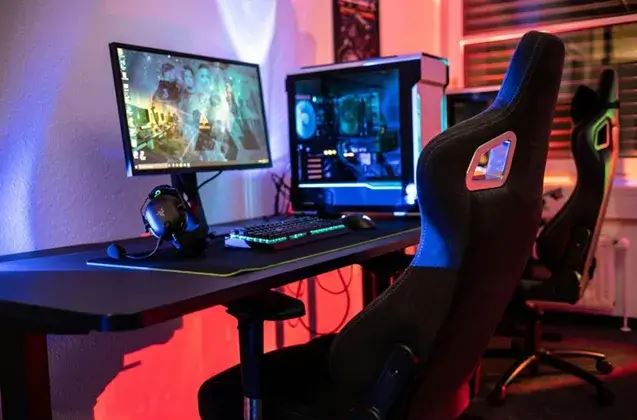Gaming is a popular activity that offers entertainment and social interaction. However, extended gaming sessions without breaks can lead to physical discomfort, mental fatigue, and decreased performance. Implementing structured breaks and ergonomic practices can enhance your gaming experience and overall well-being.
Why Spacing Out Gaming Sessions Matters
1. Physical Health
Prolonged sitting can cause muscle stiffness and poor posture. Taking regular breaks allows for movement, reducing the risk of musculoskeletal issues. Simple activities like standing or stretching can improve blood circulation and alleviate physical strain.
2. Mental Performance
Continuous gaming can lead to cognitive fatigue, affecting decision-making and reaction times. Short breaks help refresh the mind, maintaining focus and improving in-game performance.
3. Eye Health
Staring at screens for long periods can cause eye strain. Following the 20-20-20 rule—looking at something 20 feet away for 20 seconds every 20 minutes—can reduce eye discomfort and maintain visual health.
Recommended Break Schedule
| Gaming Duration | Suggested Break |
|---|---|
| 1 hour | 5–10 minutes |
| 2 hours | 15–20 minutes |
| 3+ hours | 30 minutes |
Effective Break Activities
-
Physical Movement: Stand up, stretch, or take a short walk to relieve muscle tension.
-
Hydration: Drink water to stay hydrated and maintain energy levels.
-
Nutrition: Have a healthy snack to replenish energy.
-
Eye Exercises: Practice the 20-20-20 rule to reduce eye strain.
-
Mindfulness: Engage in deep breathing or meditation to relax the mind.
Ergonomic Gaming Setup
-
Chair: Use a chair that supports proper posture.
-
Monitor: Position the screen at eye level to prevent neck strain.
-
Keyboard and Mouse: Place them within comfortable reach to avoid wrist strain.
-
Lighting: Ensure adequate lighting to reduce eye fatigue.
Tips for Maintaining a Balanced Gaming Routine
-
Set Time Limits: Allocate specific times for gaming to prevent overindulgence.
-
Incorporate Other Activities: Balance gaming with physical exercise and social interactions.
-
Monitor Well-being: Pay attention to signs of fatigue or discomfort and adjust gaming habits accordingly.
Conclusion
Balancing gaming with regular breaks and ergonomic practices enhances both enjoyment and health. By implementing structured pauses and maintaining a comfortable gaming environment, you can improve performance and reduce the risk of physical and mental strain.




